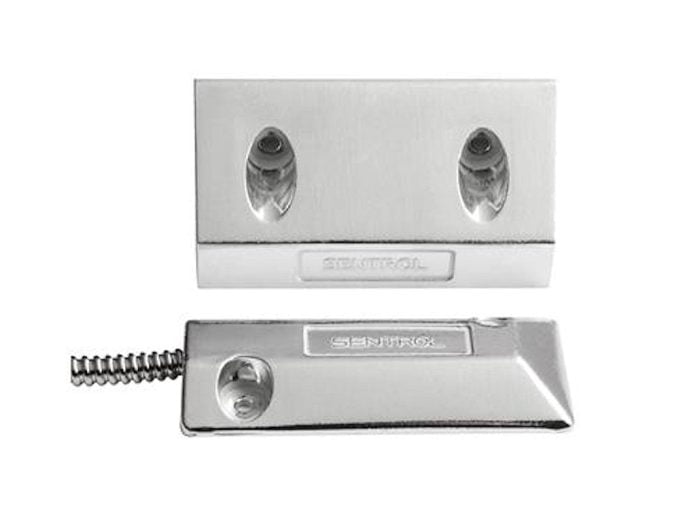Fuse Your Reeds
Fuse Your Reeds – Surges from lightning or electrical spikes can fuse the contacts of reed switches, rendering them inoperable.
This can pose challenges as simple reed switches will need to be dug out, while high end devices are expensive to replace, but in both cases, fusing of normally closed reeds is going to cause device failure without triggering trouble on the circuit.
The answer is to install 0.1A fuses in series with reeds so that should a surge hit the zone, firstly the switch is protected, and secondly the blowing of the fuse creates an open circuit, that’s signalled as a zone fault at the panel and the monitoring station.
In-line fuses will do the job, but thanks to the tiny currents drawn by modern microprocessors and the types of metals used in fuses and fuse-holder contacts, or if there’s moisture in the air, oxidation will occur and cause an increase in resistance.
Use pig tail fuses instead. Their lead wires are soldered to fuse-end caps, meaning no more oxidation problem. To sure dry connections in challenging environments, make sure fuse terminations are tidy, protected with lanolin, and shrunk.
Some reed switches have selectable NO/NC contacts – choosing normally open settings during installation means contacts cannot be fused closed.
#SEN #SENnews #security #electronics










